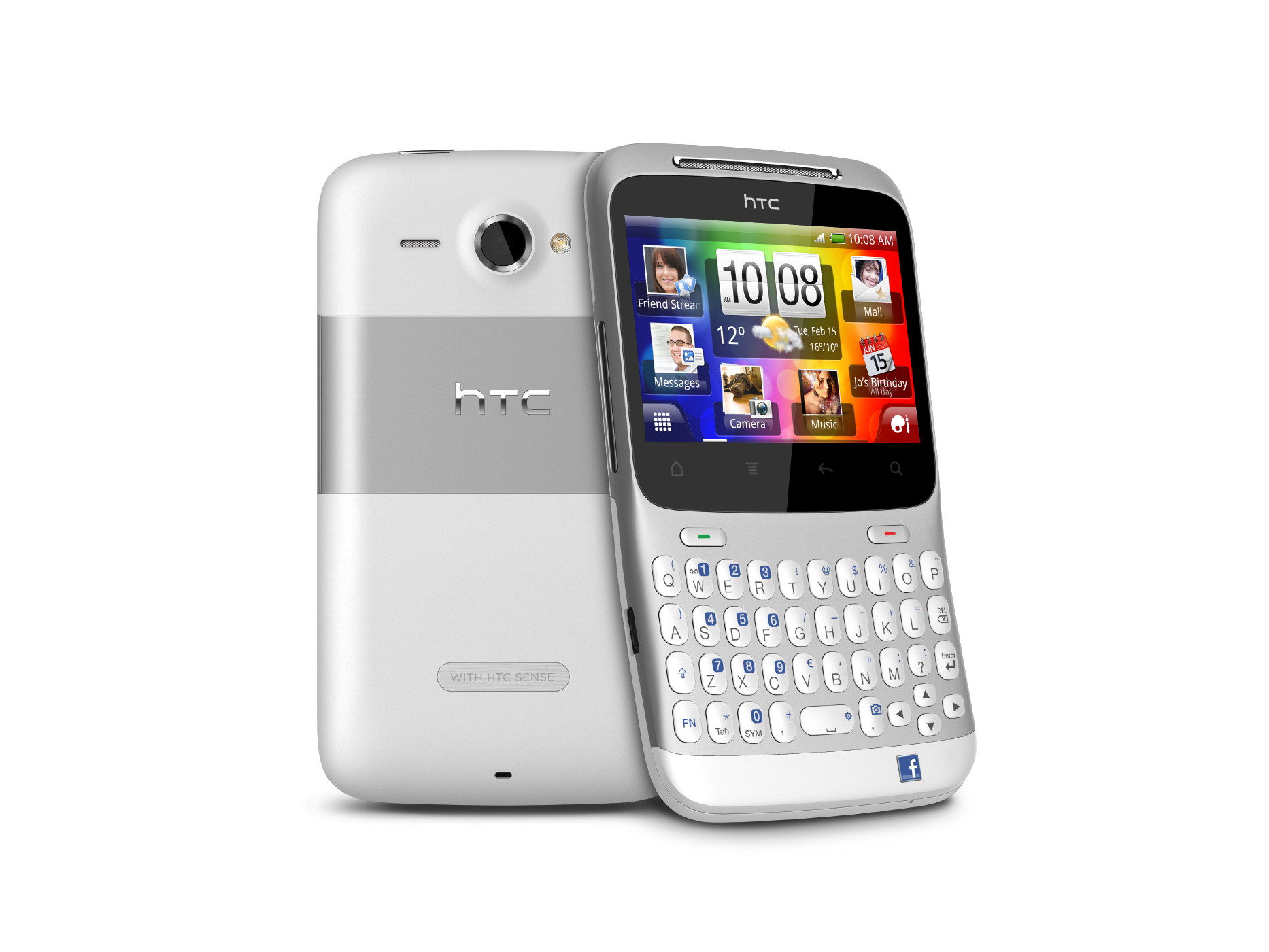Why you can trust TechRadar
The ChaCha runs Android's latest Gingerbread iteration, which is a welcome move. We couldn't hide our disappointment recently when we reviewed the far more advanced Motorola Atrix (also a big social networking device) and discovered that it ships with the older Froyo version.
We wouldn't have been too surprised to see Froyo on the ChaCha, since it's more entry-level, so it's a real credit to HTC that they've decided to make this as up-to-date as possible.
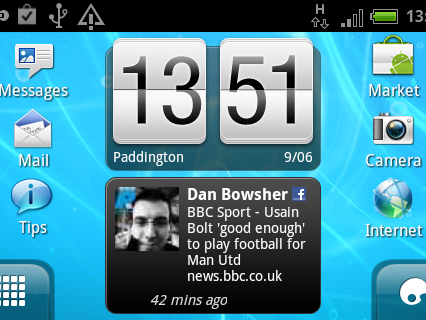
Do you smell a 'but' coming? Good - here it is. The HTC Sensation - the company's newest flagship device - ships with the very latest HTC Sense on it (3.0). So why is the ChaCha (which comes out after the Sensation) running the older version of Sense?
Curiously, the unlock screen of the ChaCha does include a nod toward Sense 3.0 in the form of a ring that you slide to unlock the screen - so one of the main things missing is the 3D spinning interface, which we assume is simply down to a lower amount of grunt under the hood.
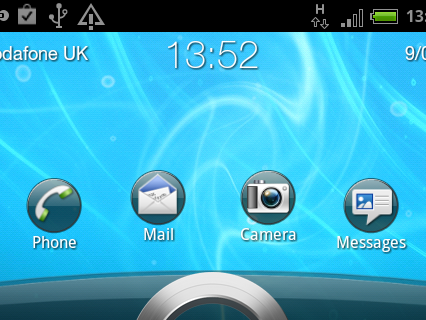
Also, another thing that we noticed missing is the Quick Shortcuts tab that HTC introduced in its Gingerbread rollout to the Incredible S. On that device, when you pull down the notifications bar, there are options to quickly toggle Wi-Fi, Bluetooth, GPS etc. It's very handy and, yet, it's been left out of the ChaCha. We don't understand why.
Since the screen is smaller than what we're used to seeing on HTC devices, everything it reformatted. Icons are smaller, and on the homescreen they're at the side of the large clock, rather than below it. Facebook status updates are also present, thanks to a widget.
By the very nature of Android, all of this can be redrawn by the user and you can decide which icons /notifications/clocks etc (if any) you want and where.
Out of the box, the ChaCha gives you four homescreens to play with, which you swipe across with your fingers, though you can easily increase this number to seven. The capacitive touch screen is highly sensitive and we found no issues with lag or slowdown. - impressive for a skinned Android device with a sub-1Ghz processor.
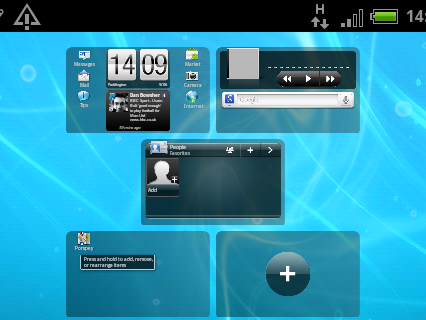
Another feature that we've come to love from Android phones is the sharing options that are present. Unlike the iPhone, where 99% of tasks have to be done from within a specific app (even with the forthcoming iOS5), with the ChaCha, you can export files across apps seamlessly.
So, if you see some text on a webpage, highlight it and tap 'share', and every conceivable method and app you own that allows sharing will let you.
It means that you can transfer just-taken photos to Dropbox, send a song you're listening to to a mail contact or add a soundfile from AudioBoo to a tweet. It's easy to use and makes life incredibly easy.
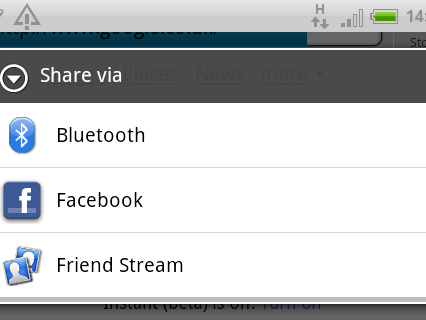
Interestingly, with most Android phones we've tested, the user has been required to have a Google account to use the phone.
The ChaCha is different, though - when you first turn it on, you just have to log into Facebook and the phone will then start up. You're prompted to enter your Google details (and you'll need them in order to use, for example, the Android Market) but you're not forced to, which is jolly handy if you're never going to use that Google malarkey anyway.
Current page: HTC ChaCha: Interface
Prev Page HTC ChaCha: Design and feel Next Page HTC ChaCha: Contacts and calling